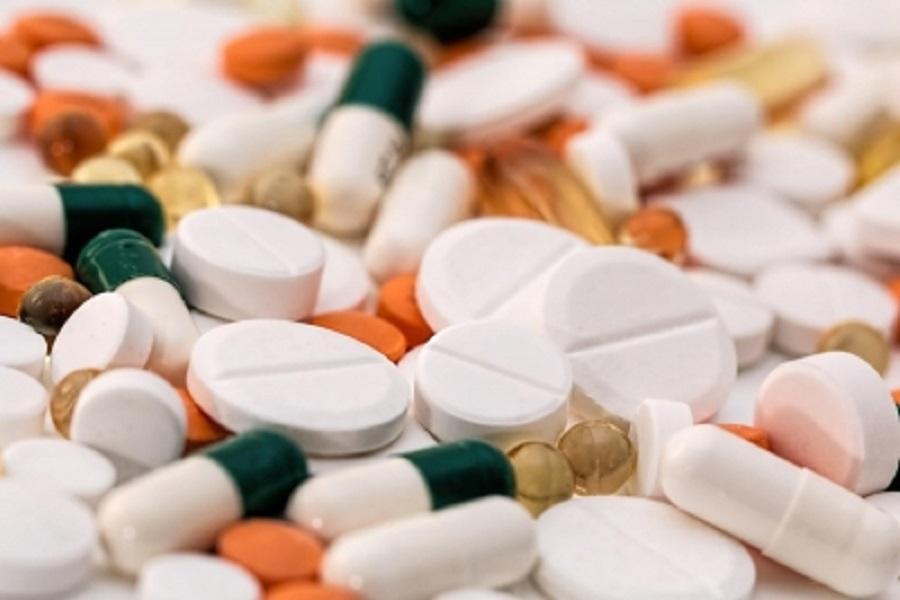
Electronics & Pharma Secure 70% of FY25 PLI Funds: Govt Data
The Indian government’s Production Linked Incentive (PLI) scheme, launched in 2021 to boost domestic manufacturing, has been a significant success story in the country’s economic landscape. The scheme, which was initially rolled out for 14 key sectors, has seen the electronics and pharma industries emerge as the top beneficiaries in the financial year 2024-2025 (FY25). According to official data, these two sectors received nearly 70% of the total ₹10,114 crore disbursed under the PLI scheme in FY25.
Electronics Sector Leads the Charge
The electronics sector, which includes companies such as smartphones, laptops, and TVs, received the lion’s share of the PLI funds, with an allocation of ₹5,732 crore. This is not surprising, given the sector’s rapid growth and increasing importance in the global technology landscape. The government’s move to incentivize domestic manufacturing in the electronics sector has been aimed at reducing the country’s dependence on imports and creating a more competitive domestic market.
The electronics sector has been a key driver of India’s economic growth, with the country emerging as one of the largest markets for smartphones and other consumer electronics globally. The sector’s growth has also created a significant demand for components and raw materials, which has led to the establishment of a thriving ecosystem of manufacturers and suppliers.
Pharma Sector Closes the Gap
The pharma sector, which includes companies involved in the production of generic medicines, vaccines, and other pharmaceutical products, received an allocation of ₹2,328 crore under the PLI scheme in FY25. While this is slightly lower than the electronics sector’s allocation, it still represents a significant chunk of the total funds disbursed under the scheme.
The pharma sector has been a key focus area for the government, given its importance in the healthcare landscape. The country’s pharma industry is one of the largest in the world, with a significant presence in the global market. The PLI scheme’s allocation to the sector is aimed at encouraging domestic manufacturing and reducing the country’s dependence on imports.
Other Sectors Receive Smaller Allocations
While the electronics and pharma sectors received the majority of the PLI funds, other sectors also received allocations under the scheme in FY25. The automotive sector, which includes companies involved in the production of passenger vehicles, commercial vehicles, and two-wheelers, received ₹934 crore. The textiles and apparel sector, which includes companies involved in the production of fabrics, garments, and accessories, received ₹743 crore.
The food processing sector, which includes companies involved in the production of food products such as fruits, vegetables, and dairy products, received ₹523 crore. The capital goods sector, which includes companies involved in the production of machinery and equipment, received ₹434 crore. The steel sector, which includes companies involved in the production of steel products, received ₹364 crore.
Conclusion
The PLI scheme’s allocation to the electronics and pharma sectors in FY25 is a clear indication of the government’s commitment to promoting domestic manufacturing in these sectors. The scheme’s success has also led to increased investment and job creation in the country, making it a key driver of economic growth.
As the Indian economy continues to evolve and grow, it will be important for the government to continue to incentivize domestic manufacturing and promote the growth of key sectors such as electronics and pharma. By doing so, the country can reduce its dependence on imports, create a more competitive domestic market, and emerge as a major player in the global economy.
Source:






